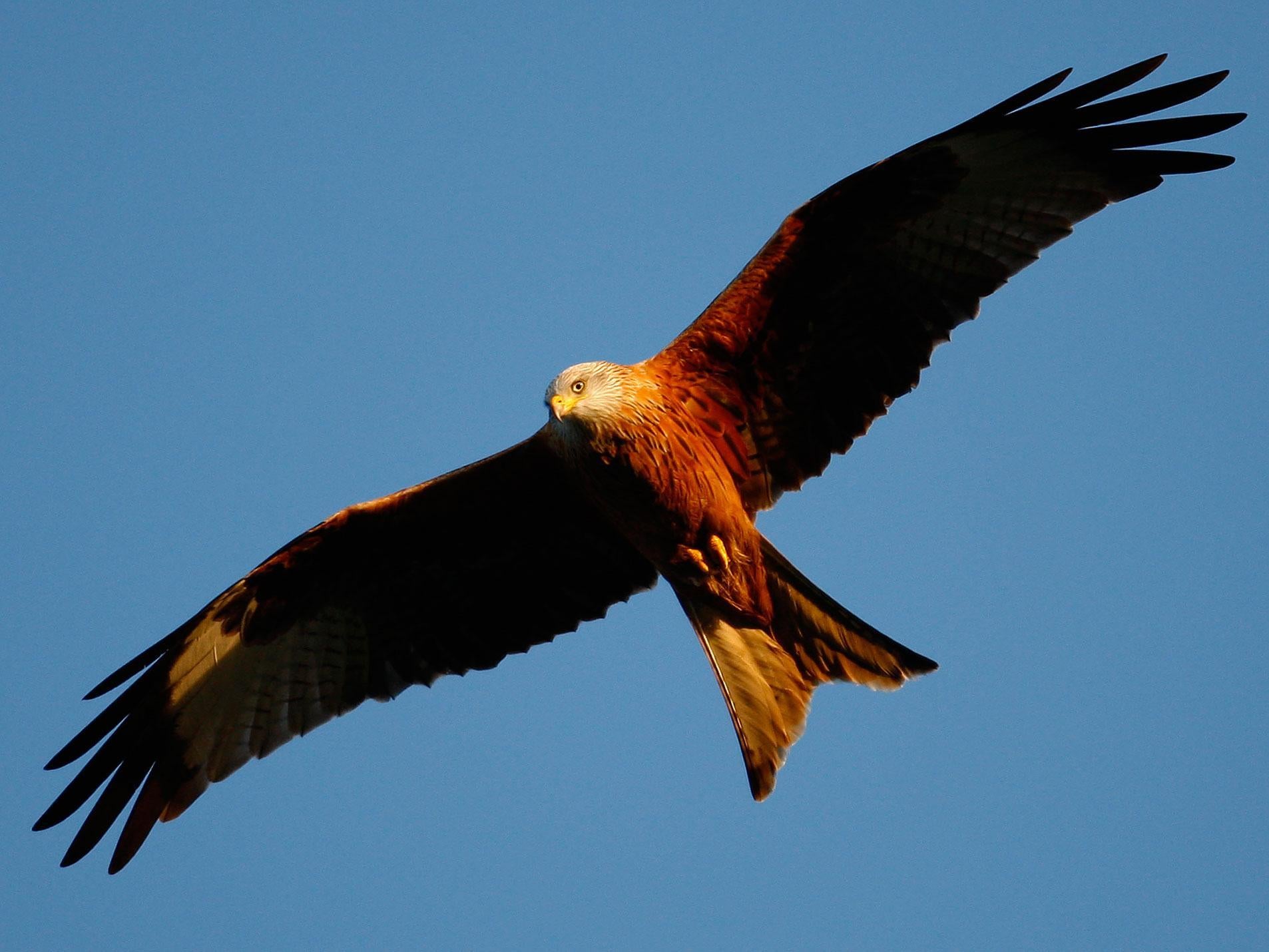Shocking declines in bird numbers show British wildlife is 'in serious trouble'
Pesticides, hedgerows being ripped up and the intensification of farming have contributed to a 55 per cent fall in farmland birds since 1970, a Government report says

Your support helps us to tell the story
From reproductive rights to climate change to Big Tech, The Independent is on the ground when the story is developing. Whether it's investigating the financials of Elon Musk's pro-Trump PAC or producing our latest documentary, 'The A Word', which shines a light on the American women fighting for reproductive rights, we know how important it is to parse out the facts from the messaging.
At such a critical moment in US history, we need reporters on the ground. Your donation allows us to keep sending journalists to speak to both sides of the story.
The Independent is trusted by Americans across the entire political spectrum. And unlike many other quality news outlets, we choose not to lock Americans out of our reporting and analysis with paywalls. We believe quality journalism should be available to everyone, paid for by those who can afford it.
Your support makes all the difference.Populations of farmland, woodland and marine birds have all fallen dramatically over the past 50 years, according to new government figures.
In all bird species, populations have declined by six per cent since 1970, but some species saw stunning declines over the past five decades, as pesticides, the intensification of farming and the removal of hedgerows wreaked havoc.
Bird populations are seen as a key indicator of the health of the natural world as they tend to feed on small insects that are the basis of the food chain.
The Royal Society for the Protection of Birds (RSPB) said the figures, produced by the Department for Environment, Food and Rural Affairs (Defra), said that “wildlife is in serious trouble”.
However, the charity added that in most cases it was known what to do to help the species recover.
The figures cover 130 bird species, including turtle doves, corn buntings, willow tits and grey partridges, which have all fallen to less than 10 per cent of the levels in 1970.
There were also some success stories with populations of birds like blackcaps, great spotted woodpeckers, red kites and collared doves increasing by several times.
But the overall picture was one of decline.
Birds associated with farmland, which covers 75 per cent of land in the UK, were down by 55 per cent, woodland birds by 21 per cent and seabirds by 20 per cent.
On farmland birds, the Defra report said: “The majority of this decline occurred between the late 70s and the 80s largely due to the impact of rapid changes in farmland management during this period.
“More recently decline has continued but slowed; the smoothed index decreased by eight per cent between 2009 and 2014.”
It blamed the “intensification of farming that took place since the 1950s and 60s ... a move from spring to autumn sowing of arable crops, change in grassland management (eg a switch from hay to silage production), increased pesticide and fertiliser use, and the removal of non-cropped features such as hedgerows”.
“Some farming practices still have negative impacts on bird populations, but most farmers can and do take positive steps to conserve birds on their land,” the report added.
A number of schemes had improved conditions for farmland birds, including providing “planted wild bird crop covers to provide seed in the winter”, leaving field margins uncropped and “sympathetic” management of hedgerows.
Another startling figure from the report was an 88 per cent increase in wintering waterbirds since 1975-76.
“The [species] index peaked in the late 1990s, and has declined since, with the smoothed index falling eight per cent in the short term between 2008-09 and 2013-14,” the report added.
The numbers of wildfowl such as ducks, geese and swans more than doubled, while waders, including sandpipers and plovers, rose by 57 per cent.
A spokesperson for the RSPB said: “This new report offers further evidence that wildlife is in serious trouble, since bird populations living in many different habitats have declined steeply, and some continue to decline. The plight of our farmland birds and seabirds stands out.
“However, in most cases we know why these birds are in trouble and so we know that we can bring wildlife back with the right support, planning and conviction.”
Join our commenting forum
Join thought-provoking conversations, follow other Independent readers and see their replies
Comments